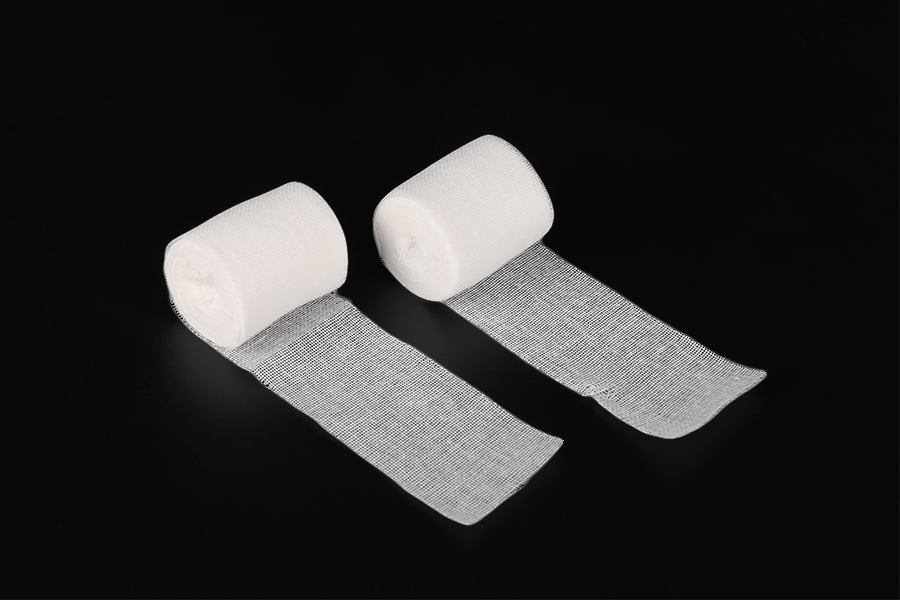The size of the gauze bandage roll, including its width and length, is directly related to the area it is applied to and the size of the wound. Gauze bandage rolls of different sizes can meet different dressing needs. Narrower bandages are suitable for smaller or more delicate areas, such as fingers or wrists, while wider bandages are better for larger wounds or areas that require more stable support. Similarly, the length of the gauze bandage roll is also one of the considerations. Sufficient length can ensure that the bandage does not have to be replaced frequently during the bandaging process, thereby improving bandaging efficiency.

The thickness of the gauze bandage roll also has an important impact on its effectiveness. Thinner bandages may be more breathable and suitable for use when the wound needs to be kept dry. However, thinner bandages may not be as absorbent and protective as thicker bandages. Thicker bandages provide better absorption and cushioning, helping to protect the wound from external irritation and infection. However, a bandage that is too thick may cause the bandaged area to overheat, which is not conducive to wound healing.
The size and thickness of a gauze bandage roll also affects its elasticity and stretchability. Appropriate elasticity can ensure that the bandage is neither too tight nor too loose during the bandaging process, providing sufficient support without restricting the patient's activities.
The size and thickness of the gauze bandage roll are key factors affecting its effectiveness. When selecting a gauze bandage roll, it is necessary to select the appropriate size and thickness according to the patient's specific situation and wound characteristics to achieve the best dressing effect. At the same time, professional advice from medical staff or pharmacists is also an important factor in ensuring the correct use of gauze bandage rolls.

 English
English 中文简体
中文简体








